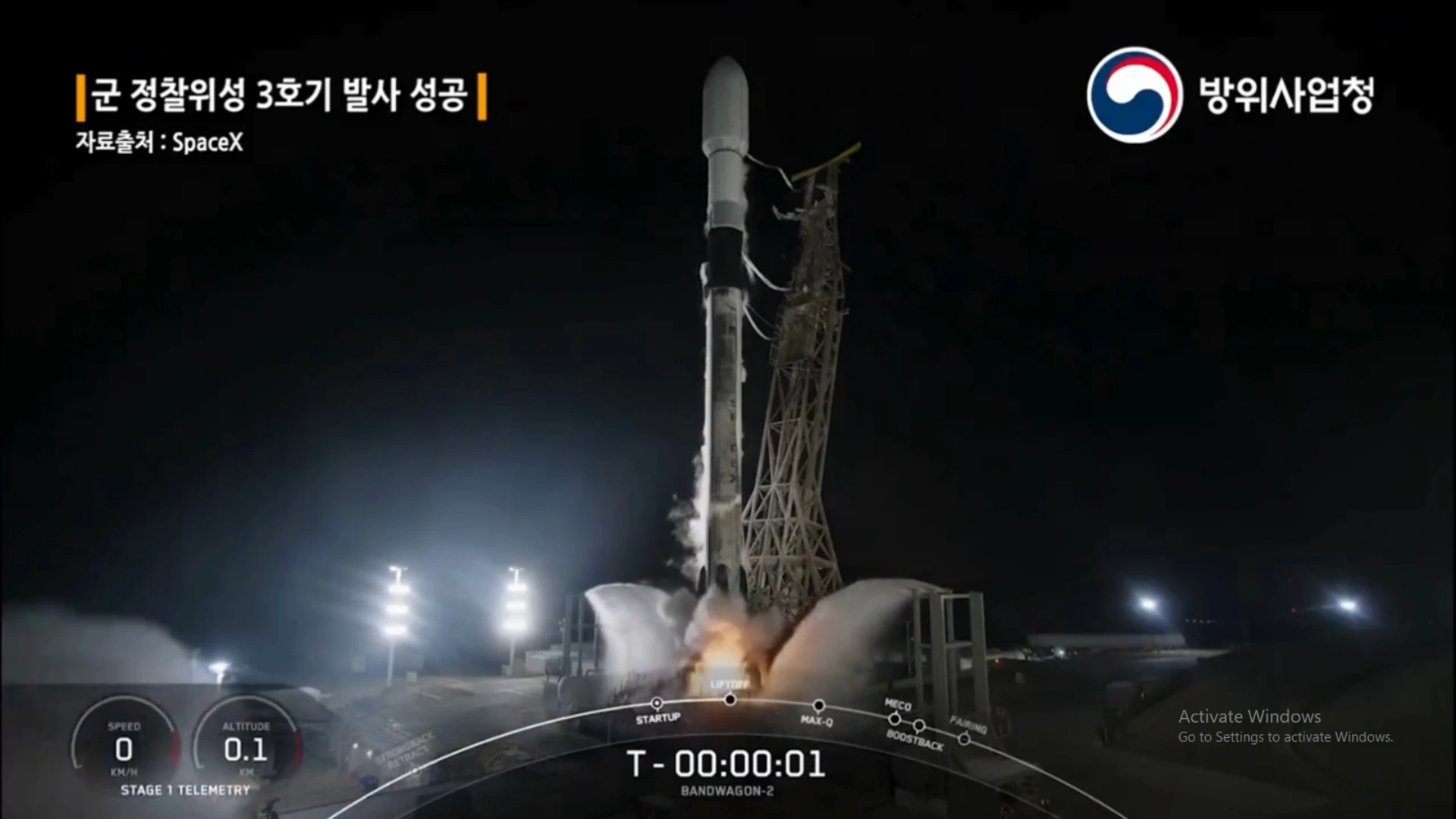Electric vehicle (EV) manufacturers are planning to invest over $20 billion in South and Southeast Asia (SSEA) to strengthen the region’s EV industry. According to an S&P Global Ratings report, this investment surge is expected to fuel an ecosystem that supports EV manufacturing, parts production, and expanded charging infrastructure. While the project faces high costs and international investment risks, experts note it could provide significant benefits to participating companies, particularly those from China, which currently leads global EV production.
The expansion will help Chinese EV manufacturers like BYD and Great Wall Motors leverage SSEA’s growing demand for affordable EV models, tapping into economies of scale. Claire Yuan, an S&P Global Ratings credit analyst, noted, “By our estimate, rated carmakers will be spending more than US$20 billion building electric vehicle [EV] production in South and Southeast Asia for the next few years. The expansion will likely enhance the business strength of some rated entities.” This strategic investment aligns with broader global trends, where Asia remains the dominant EV producer, contributing over 70% of global EV output. Thailand and Indonesia, with established automotive industries, are positioned as primary regional EV manufacturing hubs, with each country already securing substantial investments and policy support for EV growth.
Thailand’s government has set ambitious targets under its “3030 EV Production Policy,” which aims for EVs to make up 30% of domestic production by 2030. Indonesia, in a bid to become a battery production hub, recently introduced policies banning fossil fuel motorcycles by 2040 and all internal combustion cars by 2050. These policies are expected to stimulate both EV sales and the development of supporting infrastructure, such as charging stations, and to promote sustainable supply chains in collaboration with Chinese companies, which already lead the EV battery industry. By contrast, Japanese carmakers, traditionally strong in SSEA, are focusing on hybrids and internal combustion engines (ICEs) as they adapt to regional market demands where EV charging infrastructure remains limited.
Japanese car manufacturers are facing increasing competition as governments across Asia introduce subsidies, tax breaks, and regulatory support to encourage EV adoption. Meanwhile, South Korea’s Hyundai and Kia are ramping up their production capacity and expanding their EV and hybrid models. By balancing EV investments with ICE and hybrid sales, Korean companies aim to capture a larger share of SSEA’s evolving market.
The shift toward EVs also reflects global trends in carbon reduction, which place significant emphasis on electrification. Countries like Malaysia are increasing their focus on policies for EV adoption, although EV market share in Malaysia has lagged compared to neighboring countries. With recent announcements of tax exemptions and plans for an expanded EV charging network by 2025, Malaysia hopes to accelerate its adoption rates. However, achieving these goals requires large-scale investment in both distribution and charging infrastructure to reduce total cost of ownership (TCO) and make EVs more attractive to price-sensitive consumers, especially in lower-income areas of SSEA.
The S&P report projects that EV-focused capital expenditures in SSEA will constitute less than 15% of total capital expenditures by rated carmakers, suggesting they can finance these developments without overextending financially. Additionally, competition among EV companies is likely to intensify as the demand for low-cost EV models grows across SSEA, driven by both government incentives and shifting consumer preferences. By 2040, Southeast Asia is expected to account for 56% of global EV sales, according to a BloombergNEF report, with an anticipated 11.5 million charging points required to meet demand.
Also read: RBI Holds Off on Rate Cuts Despite Inflation Cooling: Report
Ultimately, SSEA’s emerging role as a global EV hub presents an opportunity for local economies to capture parts of the global supply chain and integrate into broader EV networks. However, challenges remain, particularly in achieving TCO parity with ICE vehicles and building sufficient infrastructure. As manufacturers make these early investments and governments continue to incentivize EV adoption, SSEA’s transition could set the stage for a sustainable automotive industry aligned with global environmental targets, while addressing the region’s own market needs for affordable and accessible EVs.







